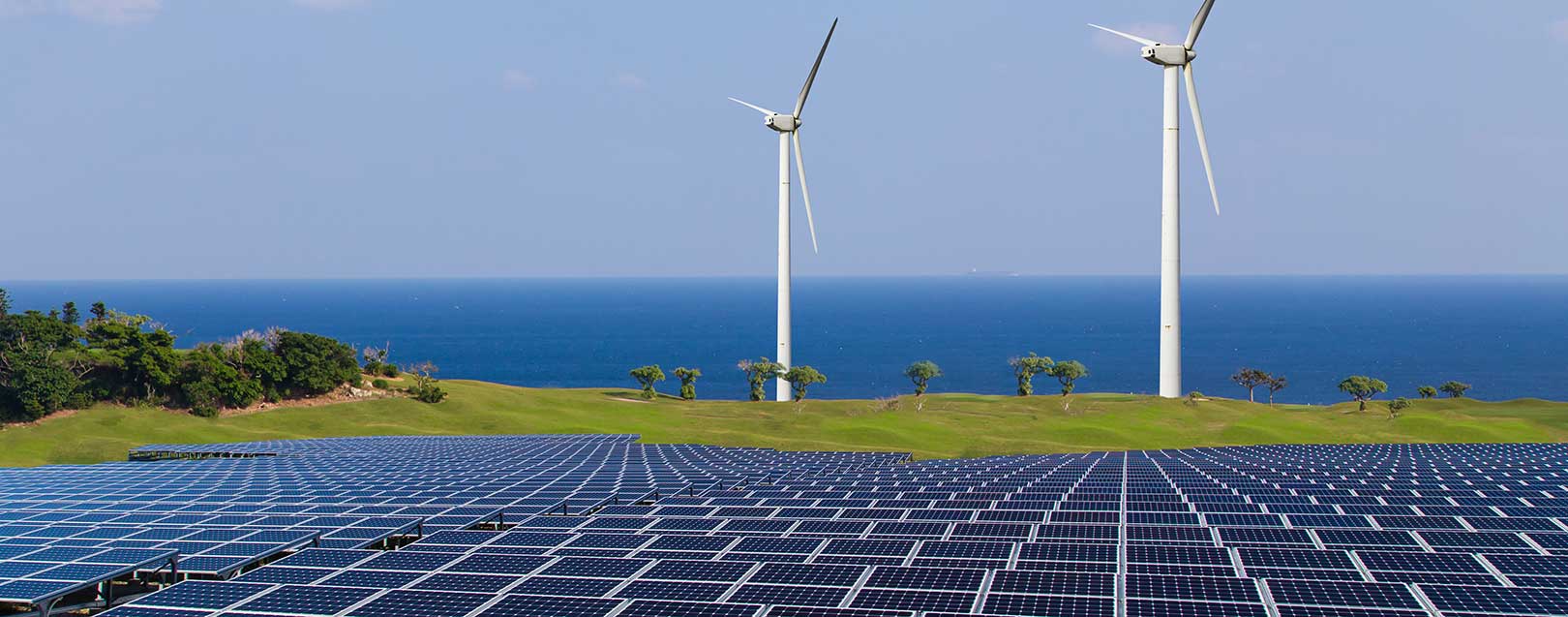Iran’s total installed capacity of renewable energy production will reach 1,000 megawatts, or 1 gigawatts, by the end of the current fiscal in March 2018, said the managing director of Renewable Energy and Energy Efficiency Organization, a state-owned entity also known as Satba.
"Renewable energy production capacity stood at 100 MW by the end of last year (March 2017). Moreover, 100 MW of new renewable power plants have gone on stream over the last three months," Mohammad Sadeqzadeh was quoted as saying by IRNA on Thursday.
Pointing to ongoing development plans, Sadeqzadeh said, "800 MW of renewable power projects are being undertaken and will be launched by the yearend".
All renewable sources, including solar and wind, make up only a fraction of Iran's installed power generating capacity of around 76,000 MW. The country relies on hundreds of mostly aging thermal plants to meet its electricity demand.
According to the official, since the beginning of Hassan Rouhani's first term as president in 2013, effective steps have been taken to encourage domestic and foreign investments in expanding renewable sources of energy, including a pledge by Satba on guaranteed purchase of electricity from renewable power producers for 20 years.
"Those who embark on renewable power projects using domestic equipment will be allowed to sell their electricity at 30% over the normal tariffs," he said.
"Plans are in place to launch 5,000 MW in new renewable capacity by 2022," Sadeqzadeh said, adding that the target is feasible provided the ground is prepared for the private sector's involvement in funding renewable ventures.
Referring to the attraction of $4 billion in foreign investment to develop renewable energy projects in the last four years, he said, "The government has been successful in winning the private sectors' trust to invest in the fledgling industry, yet there is a long way to go to accomplish long-term goals."
----- Indigenization Capacity
On the domestic sector's capacity to indigenize renewable power know-how, Sadeqzadeh said 70% of the much needed equipment in solar power plants are manufactured by Iranian producers.
Furthermore, skilled workforce at home has already indigenized the know-how to install photovoltaic panels.
According to the official, upon the launch of solar panel production lines in Shiraz, Fars Province, and Karaj in Alborz Province in the near future, Iran's annual solar panel output is forecast to exceed 400 MW.
Sadeqzadeh hoped that Iranian specialists can produce inverters, an important part of any solar installation, which convert direct current power produced by the solar array into usable alternating current power, in the near future "so that there will be no need to import any parts from abroad".
Iran enjoys enormous potential for the production of different kinds of renewable energies, including geothermal, solar and wind power, according to environmentalists and experts.
Pointing to the country's commitment at the Paris Climate Conference to produce at least 7,500 MW from renewable power plants by 2030, Sadeqzadeh noted that renewable power projects will create jobs and "ample opportunities" for private investors in Iran's nascent renewable industry.
According to the Renewables 2017 Global Status Report, last year saw 161 gigawatts (GW) of renewable power capacity installed.
In Europe, spending on renewables increased slightly to $59.8 billion, driven by big wind power projects in Britain and Germany. The proportion of electricity coming from renewable sources, not including large hydropower plants, rose from 10.3% to 11.3% in 2016.


